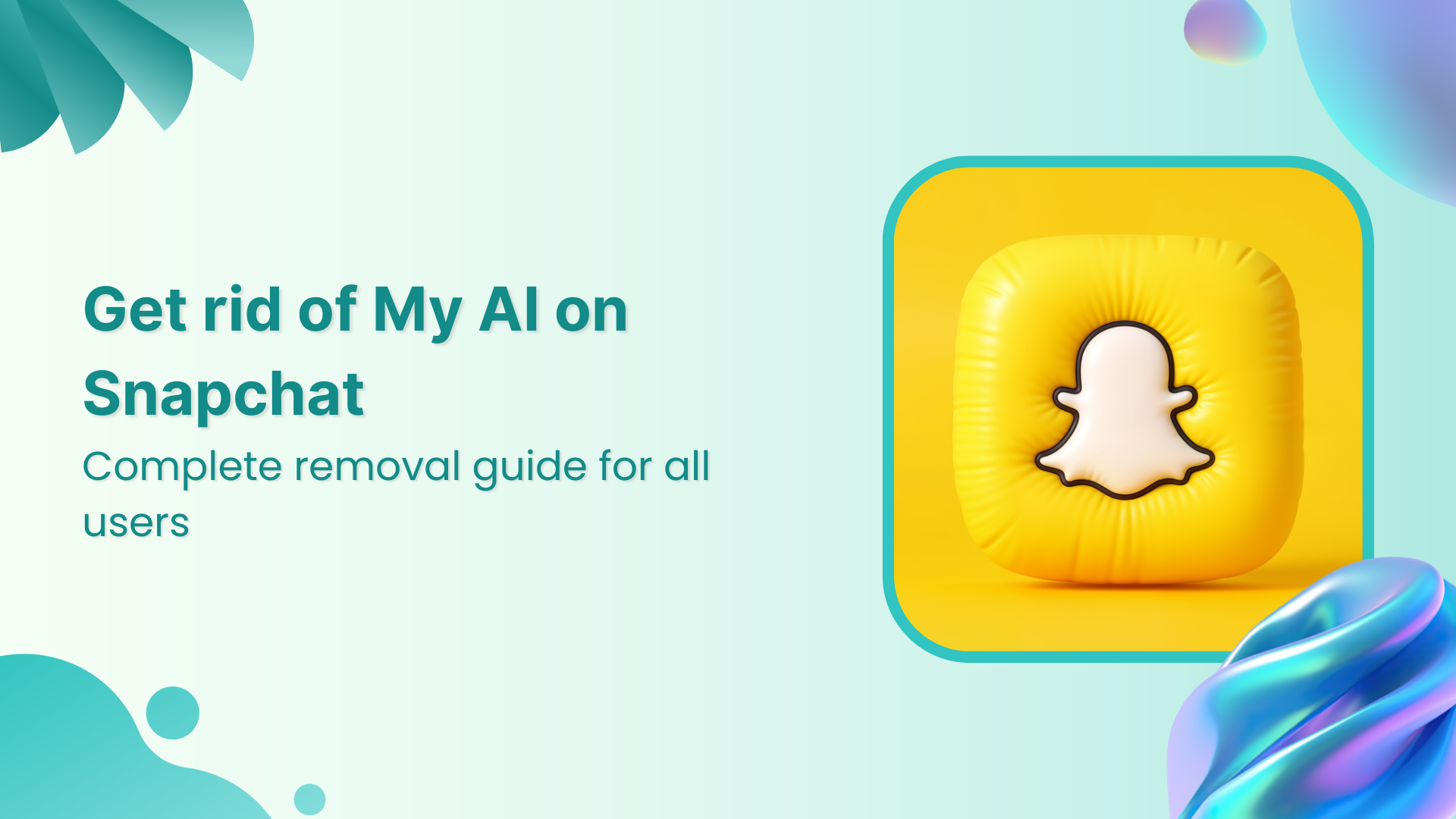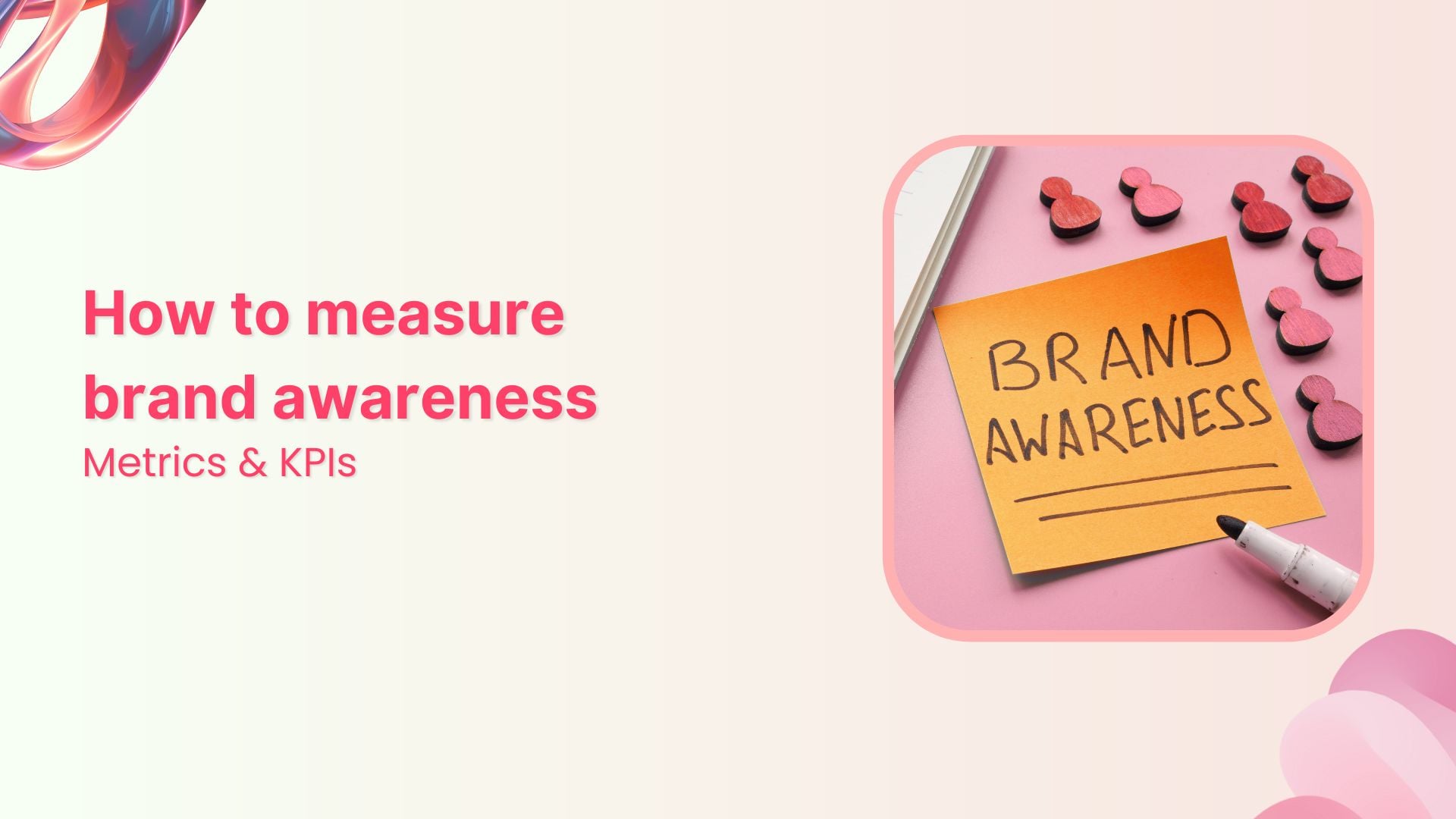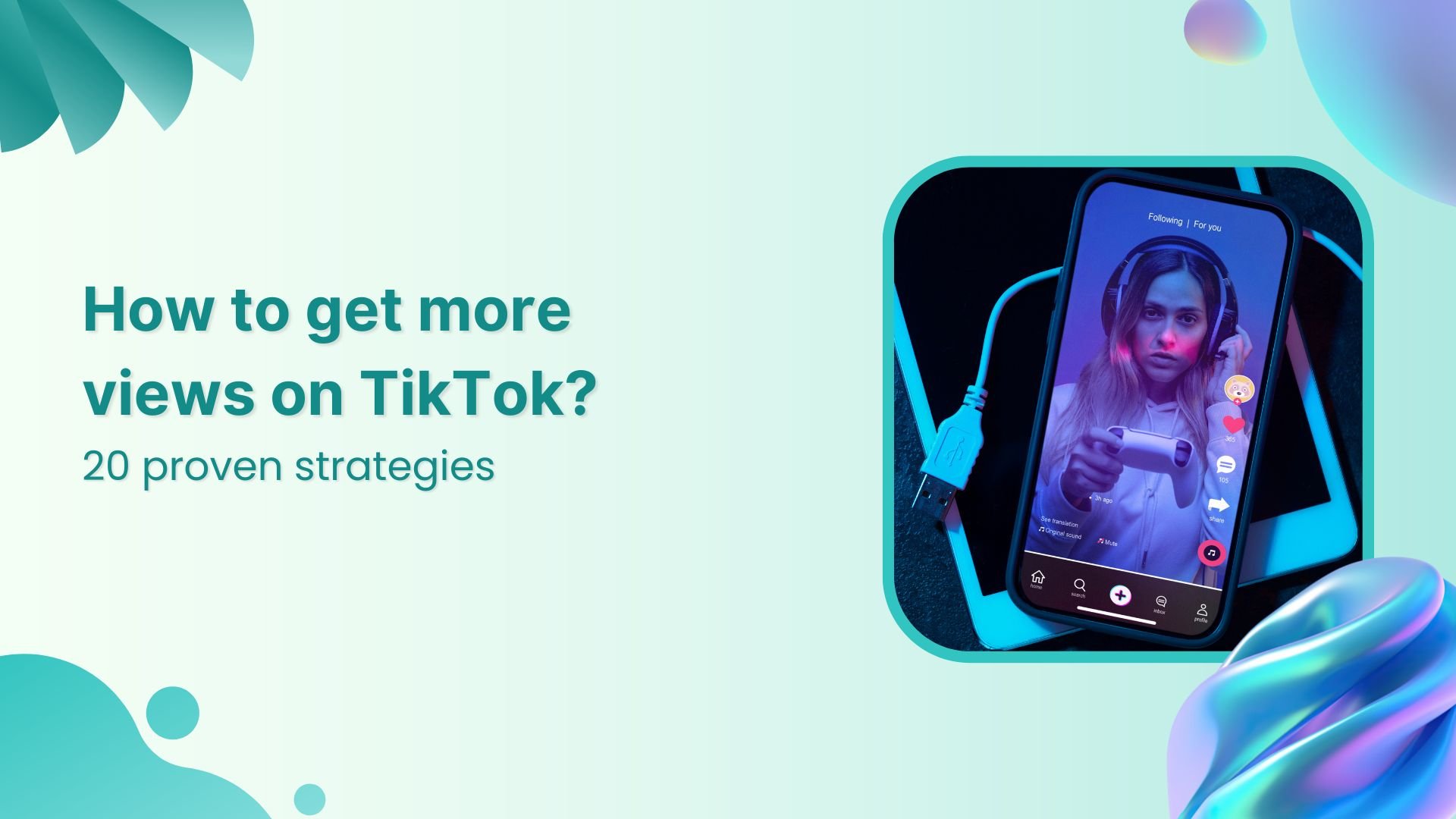Bulk-generate & schedule posts in seconds with Smart Scheduling. Try now!
Social Media Marketing for E-commerce Stores: A Step-by-Step Guide
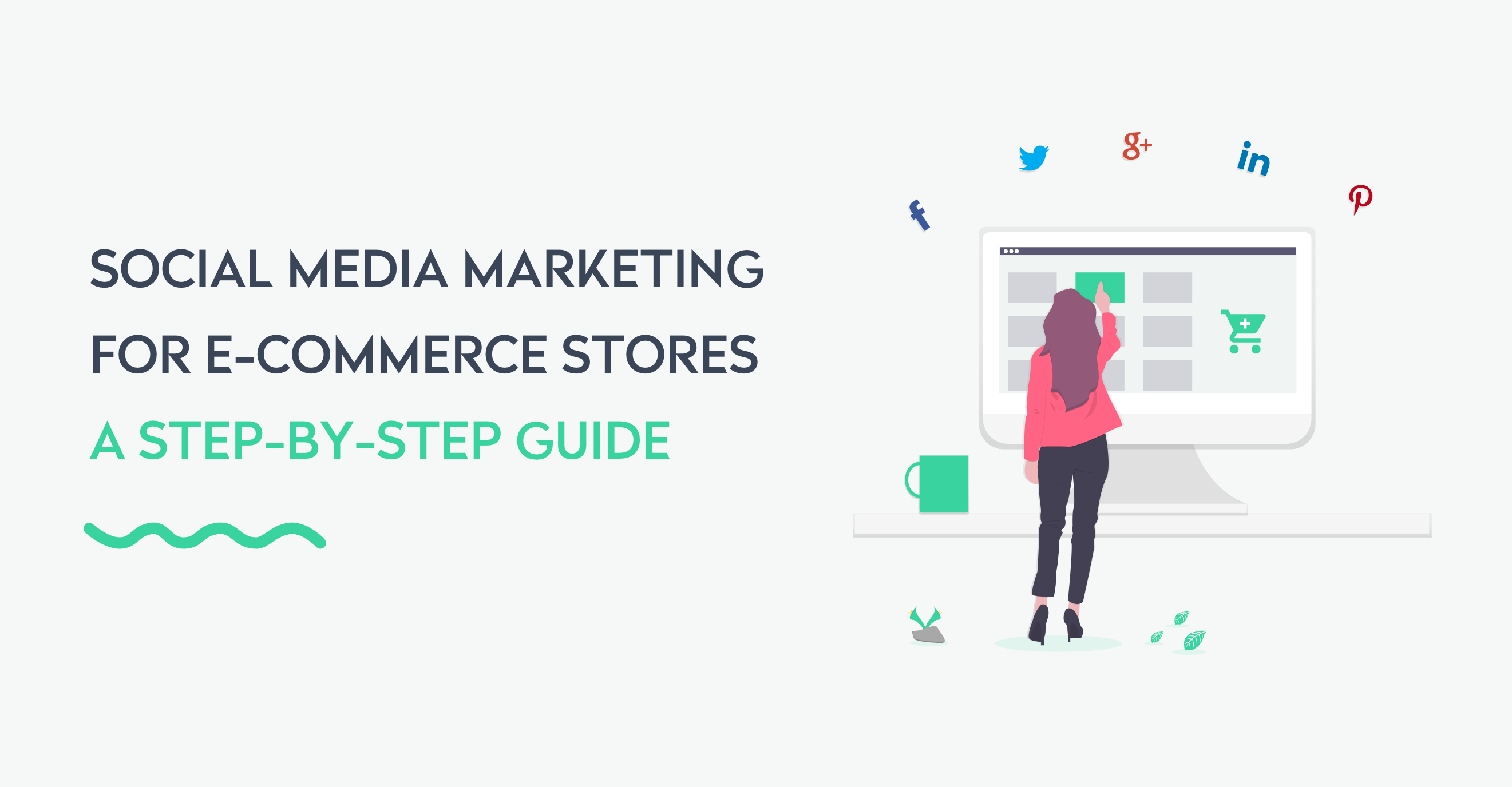
E-commerce businesses may look fancy on the outside, but they require a lot of work. It does seem very easy to go to Shopify or Bigcommerce and set up your online store within an hour.
Running an e-commerce-platform is a huge challenge itself. Things start to look overwhelming when social media marketing comes along. Some e-commerce business owners, especially starters find it difficult to juggle various things simultaneously.
For instance, developing a foolproof shipping strategy can make or break an eCommerce business, but luckily with tools like Shopify shipping, which are focused on making it easier and faster to fulfill orders. You can buy shipping labels directly from Shopify, print multiple labels at a time, and get orders out the door quickly.
Our job is to help you navigate so that you could understand how doable social media marketing is and why it’s worth giving your time. Need a theme for your eCommerce site? Check out the WordPress marketplace theme by Wbcom Designs.
According to a survey conducted by Buffer and Social Chain, 58.8% of marketers and business owners admitted that social media is important to their overall marketing strategy, whereas 30.5% believed that social media is somewhat important to their marketing strategy. And the rest of the respondents thought either they are uncertain or social media isn’t important for their marketing strategy.
We’ll dig deeper into social media marketing for e-commerce businesses so that you could see the bigger picture and make decisions that bring more sales, engagement, and revenues for you.
Let’s not forget, if you’re a beginner, maybe you haven’t figured out the products and categories of your e-store yet, and if that’s the case, you must get that done first. Once you finish off the basic setup for an online store, the next most important thing would be social media management. We’ll try to walk you through different areas of social media marketing so that you could create a road map for your social media marketing campaign.
In case, you aren’t sure what social media marketing is, we got this covered for you.
What’s social media marketing exactly?
Social media marketing is a strategy of designing social media campaigns, which involves social media platforms selection, content creation, content distribution, engagement with followers, paid promotions, and measuring the outcome.
A lot of companies and sole proprietors think that social media marketing means running Facebook ads—because their competitors are doing it—so they feel pressured to do the same. They also think that it’s the only way to reach out to the audience, gain numbers on social media, and dominate the niche.
Social media marketing has three essential pillars:
1. Selection
The selection refers to choosing the right social media platforms. If you pick the wrong platform, you’d end up frustrated. The right selection would lead to the right audience. For instance, if you’re a graphics designer, you must hop on Instagram or Behance and upload your work on these platforms rather than tweeting about graphics designing or sharing your portfolios with 35 fans on your Facebook page. The right kind of platform would get you to the right audience, which is key to social media engagement. You’ll learn about social media engagement in the next essential pillar.
Whatsapp is also a great source for generating e-commerce leads.
2. Interaction
Once you’ve selected the right platforms to hang out on, the next most important thing is the interaction with the audience or you can say social media engagement. You might wonder, what is social media engagement? Let me help you quickly: it’s a process of starting a conversation through various ways and responding to followers’ questions and opinions in a way that delivers value to everyone around. The interaction could happen in many different ways, but there are three common ones:
a) Content
You can create any type of content such as blog posts, videos, infographics, images, or podcasts and put it out there for your audience to consume. Once they find and consume it, they’d start to respond to your content, and there comes the interaction.
b) Comments
Comments are a popular way of communicating with the audience. You’d often hear debates about YouTube comments, blog posts comments, and even Reddit comments — all comments are important. Pay attention to the positive comments because that might help you understand your audience and navigate you to the next level.
c) Email/Phone
Email or voice calls over the phone is also a common communication medium that businesses and entrepreneurs use for interacting with their clients and prospects. Email and SMS marketing have been quite popular in terms of effective marketing. You can always connect with your audience through an SMS system like Gary Vaynerchuk does or build an email list like many other businesses and experts do.
3. Conversion
Conversion is one of the most important aspects of social media marketing. The reason we expect conversion from social media is that it has gotten people’s attention and millions of active users. If you aren’t sure what conversion means here, then let me tell you: conversion is a process of converting a fan or a visitor into a paying customer. Social media platforms are widely used for converting the audience into paying customers through advertising, content, and discussions.
Why E-commerce Stores Need Social Media Marketing
Let’s get to the point. If you run an e-commerce store, and you’re wondering: why would I allocate my time, money, and effort to social media marketing?
Here’s the short answer: You don’t like to leave money on the table.
Meaning, there are so many opportunities on social media, for example:
- You connect with new people
- Finding new customers
- Brand positioning
- You get an extra sales funnel
- Building an audience
- You can remarket websites visitors
Does it look interesting now?
I bet now I have your attention.
So let me share four reasons why your e-commerce business needs a social media marketing strategy:
1. Find the New Audience
No e-commerce business would mind finding a new customers base. Social media can make it happen for your e-store if you get off the couch and do something about it. For instance, if discovering the new faces aren’t one of your agendas on social media, then your priorities are oddly strange, and you’d drift away from the main goal.
A social media strategy helps you determine where your potential audience exists and also provides you an avenue to reach out to them. When you run a Facebook ad, the ad setup requires the specifications of your target audience to show your ad to the relevant people.
Therefore, when you successfully build your social media marketing strategy, it makes it easier to navigate towards a new audience. So clearly, one of the benefits of having a social media strategy is finding a new audience through influencers marketing.
2. Drive More Sales
Driving sales to the business aren’t the ultimate goal of using social media, but it plays a role in bringing the people into the engagement funnel. Once the people get into the funnel, they interact more with the brand or check the website more often. However, there are stages that a fan goes through to become a loyal paid customer.
It’s been noticed that brands that use social media for engagement, connection-building with the audience, and interacting with the new faces, they convert more than those who just want sales from social media.
An e-commerce business must utilize the power of social media to spread the word, but also try to use the medium of social media for the betterment of the fanbase. It’d ultimately bring in more sales in the long run.
3. Create a Community
A community is a vital part of any social media marketing campaign. If you’re trying to gain followers or make your content go viral, you’d always need an active community around your brand. A lot of brands understand this mantra, and they do everything in their power to make it happen.
For instance, #SEMRushChat is an example of creating a community of like-minded people on Twitter. Every Wednesday, a few team members from SEMRush, customers, and fans come together on Twitter and tweet. Not only do they talk to each other, but they also answer the questions asked by the SEMrush team. Once the discussion begins, it gives a chance to explore new ideas and meet new people.
Your e-commerce business is no different than any other SAAS company — you must also use some avenue to build a strong community whether it’s a newsletter, blog, or social media.
It’s understandable that when you design your social media marketing strategy, one of the perks is the community that pops up as a result of a well-crafted social media strategy.
4. Engage through Retargeting
Once you’ve established a social media strategy, it means you’re putting out content, distributing through social channels, engaging with people, and sharing others’ content — in the midst of everything, you can retarget your website visitors.
Retargeting website visitors means you can advertise to the specific audience that visited your website through social media. Facebook ad is a fantastic tool for that. Google Adwords program does allow that too.
Retargeting is a fundamental element of conversion through social media. So having a social media marketing strategy in place certainly takes you further. You might have seen the ads of your favorite online stores on Facebook right after you visited those e-commerce sites. This is exactly what they do to engage you again for improving their conversion rate.
How to Start Social Media Marketing for Your E-commerce Store
Are you ready to focus on your social media? It’ll surely take your prospects’ engagement to the next level. Here’s the step-by-step process of getting started with social media marketing for your e-commerce store:
#1. Choose Your Social Media Channels
The idea of building a social media marketing strategy is inadequate without choosing a select number of social media platforms to join in. You can’t wander on every social media platform out there and expect to see great results everywhere — it never happens.
What you can do instead is plan your social media strategy by figuring out:
- Where your audience spend time
- What brands and products they’re interested in
- What social apps do they prefer to use
- The target audience to reach out
- Demographics of the potential audience
- The buying behaviors of the existing customers
- Likes and dislikes of the customers
Jay Baer also has a similar point of view on the selection of social media channels. He writes, “In social media, it’s about quality, not just quantity. Doing two or three channels really well with consistent, highly engaging content that is reaching and interacting with your target audience is what will lead to conversion and customers.”
Kim George wrote a blog post on PostPlanner. She says it beautifully, “If you want to choose the best social networks for your startup, you need to understand what goals you’re trying to achieve.”
Here are three steps you need to take for choosing your social media channels:
1) Find out where your audience exists
One of the fundamental things you need to understand is that where your audience exists. Meaning, the platforms they prefer, how much time they usually spend, and things they like to do using those social media apps. The deeper you get into these facts, the easier it would become to make decisions.
It’d require a lot of surveying, questioning, researching, surfing the web, and digging into social media platforms. There would be multiple indicators to figure that out, for example:
- Keep an eye on your competitors
- Do little surveys when meeting new people
- Talk to people at work and events
- Find relevant communities on Facebook and LinkedIn
Above all, don’t underestimate your ability to comprehend the whole idea. You can always step up and decide to test out different platforms.
For instance, if you’re an interior design agency, and if you keep tweeting about interior designing, it may not make any difference. On the other hand, if you take high-quality pictures and publish them on Instagram with the right hashtags, you would be discovered by like-minded people. Voila!
So always pay attention to the right platforms to hop on and do your thing.
2) Select the number of social channels
You must decide the number of social media platforms you want to make your presence on because it goes the long way. If you make a mistake at this point, the whole strategy could fall apart down the road.
A lot of experts believe that two or three social media platforms are enough to get started and build your audience. Once you’ve accomplished something on these platforms, you can easily navigate and build your audience on the other platforms.
Jia Wertz, a Forbes contributor put it this way, “finding where your company fits on this spectrum and spending majority of time on the two or three platforms that will yield the best results is a far more advantageous option than trying to capitalize on all platforms and getting mediocre results.”
3) Build a social media plan for each platform
Once you’ve selected your social media platforms, spend some time on building a comprehensive social media plan for each platform. It’d be wise to plan each social media platform differently, for instance, every social media platform has different image sizes for its posts.
The point is that there are different norms and standards that social media experts advise for each social media platform. Here are two relevant examples of what I just said. Sunny Lenarduzzi shared in her video that she used to post three times a week, but now she posts five times a week. Gary Vaynerchuk said something very interesting in his video about trying out different video types like 10-second Snapchat videos or Instagram Story and Facebook native videos.
Once you get into the practice of trying stuff, you’d be able to make decisions based on the results you’d see.
#2. Develop an Audience Engagement Plan
The right selection of social media platforms is just the beginning. The next thing you’d like to do is building an audience engagement plan. Audience engagement is a strategy of getting the attention of the audience through various tactics. For instance, if you write an interesting Facebook status, and your friends like and comment on it, it’d likely to reach more people in your circle. That’s how engagement works in social media.
When it comes to e-commerce business, it essentially requires more than ever. The reason is that if you don’t engage, you won’t attract an audience that could potentially buy from you. When you’re running an e-commerce store, you must come up with ideas and processes that could keep the audience intact.
For example, Namecheap has a monthly discount coupons section on their website where they offer discounts on certain domains registration. It keeps its users and fans on their toes. Plus, they bring the users back to the website: Here’s the screenshot:
Moreover, Canva knows the importance of audience engagement, which is why they try to reply to every tweet. It doesn’t matter you have 300 or 300,000 followers, you’re most likely to get a reply from Canva if you ask something to them on Twitter. Take a quick look at the screenshot of this tweet:
The engagement on social media could happen in different forms such as:
- Comment on your post
- Resharing of your post
- Retweet on your tweet
- Reply to a tweet
- Liking your post or content
- Direct Messaging
- Mention in the status or comment
It’s necessary to understand the basics of engagement on social media whether you’re an e-commerce website or a services firm. Here are four important characteristics of an audience engagement plan:
1) Content creation
Content creation refers to putting out different types of content to engage, attract, and convert the audience into paying customers. The ultimate goal of content creation isn’t the conversion, but to start a conversation with the new faces. Every e-commerce store must create content whether it’s written, video, audio, or images.
Take Shopify, for example, they’re one of the top e-commerce site building tools. Not only do they publish blog posts, but they also have a podcast to talk about e-commerce, business growth, and entrepreneurship. You can simply do the following things:
- Write your company’s official blog
- Make videos on YouTube and Facebook
- Run an Instagram account
2) The best time to post
Timing matters a lot in social media marketing. No one can adhere to someone else’s social media timings. The reason being everyone’s content is different, and so is their audience.
For instance, if the majority of your audience is from North America, but you’re based in Asia, there would be more or less 10 hours of time difference. If you publish on your social media at 10 a.m., it would be 8 p.m. in North America. Chances are, you won’t get much engagement and attention. As a result, you’d have to shift your timing to adjust with the timing of North America.
You must go through your statistics and insights in social media account settings to see when your most fans and subscribers respond better. Every brand has a different type of audience. You could always experiment with content publishing on social media and try to understand the optimal timing to post. Here’s another blog post on the best timing to post on social media.
3) Social media scheduling
One of the characteristics of the audience engagement plan is social media scheduling. If you aren’t using any tool to schedule your social media post, you can’t expect great engagement on social media. The reason is simple: you can’t show up online 10 times a day and spend time on creating or writing posts.
Sure, you can always check out social media a couple of times a day to respond to the comments, messages, and notifications, but social media posting is a time-consuming task.
You got to have a social media management tool such as ContentStudio, which helps businesses, bloggers, and entrepreneurs in sharing and scheduling their content on social media.
In the e-commerce business, you already have enough pains in the bum that you won’t like another one. A lot of business owners completely ignore social media just because they can’t juggle so many things all by themselves. Social media scheduling does come in handy in those situations. You’d see some groundbreaking social media engagement when you’d start scheduling your social media content.
4) Repurposing your content
Repurposing the content refers to taking one form of content and creating a different form of content using the gist of the original content. For instance, you can take your blog post and convert it into a video or a podcast episode or an infographic.
Repurposing is a widely practiced strategy in digital marketing. It’s understandable that sometimes, it becomes difficult to continuously put out great content. So repurposing does help in pumping out good content.
When we repurpose our content, it gives us an opportunity to put our content in front of a different audience, let alone on a different platform. It essentially creates more chances for audience engagement. You must spread the word about your e-commerce business on different platforms once in a while.
#3. Improve Your Conversion Rate
It’s imperative to talk about conversion rate while discussing an online store. One of the major success indicators of an e-commerce store would be the conversion rate. Meaning, how good the website is when it comes to converting the visitors into paying customers.
The conversion rate is calculated by dividing sales over total visitors. For instance, if total visitors were 100 and 10 purchased the products, it means that the conversion rate is 10 percent.
The better the conversion rate, the higher the profit. For instance, there is an original Netflix show called “Huge in France” starring French comedian Gad Elmaleh who moves to Los Angeles to reconnect with his son. He expects similar popularity in the U.S. as he has back home. In episode one, he brags about his 1.6 million followers, and in response, he hears that it doesn’t matter because his followers are from France, and the conversion rate isn’t as good as with the U.S. followers.
So we’ll discuss some techniques that will improve the conversion rate of your e-commerce website, but it always takes time, especially if you make changes in your strategy. In case, your e-commerce site has been around for a while, and after reading this blog post, you’d like to make some changes, go ahead but give it time.
One of the key elements that’d be discussed in the conversion rate optimization through social media is remarketing. Plus, we’d dig deeper into various strategies for improving the conversion rate. After all, the whole point is based on conversion rate improvement. Plus, social media has a massive role in making conversion rates better. The strategies you’re about to read aren’t entirely linked to social media, but social media does have a role in making them successful.
Here are some necessary steps that’ll help improve the conversion rate:
Use Facebook Pixel
Facebook Pixel is a code from Facebook that goes into your website to retarget your website visitors through Facebook ads. It doesn’t require any rocket science to use the Facebook Pixel. However, many business owners who manage their Facebook ads and social media channels don’t know about this.
When it comes to improving the conversion rate of an e-commerce store, I highly recommend adding your Facebook pixel to your website.
Advertise to your custom audience
A custom audience means a specific audience on Facebook that you already have a connection with, for example, it could be your email list or the custom audience through the Facebook pixel.
So run Facebook ads targeting your custom audience and see how it goes. It’s always better to show your ads to the audience that knows you as compared to a random audience.
Set up a drip marketing campaign
Drip marketing is a trigger-based marketing campaign that involves some type of action on the website or in the email. For instance, if a buyer sees a product on the website, but leaves the website without purchasing, the drip marketing campaign could trigger the email with a discount on the product or with an email asking about the decision on buying the very product.
E-commerce websites use drip marketing campaigns all the time. Here’s an example of a couple of emails that I got after leaving an online store without purchasing:
With the passage of time, your conversion rate would start to improve when you’d be targeting the right audience through content marketing, digital advertising, and retargeting.
#4: Analyze the Performance
You don’t have to be a social media manager or analytics guru to analyze the performance of your social media accounts. You’re running an e-commerce business, you must know whether or not social media is helping your business getting off the ground.
If your social media isn’t playing any role in bringing the new customers and connecting the existing customers to your brand, then there is a flaw in your social media strategy, and you must identify the problem and fix it.
Performance analysis is a simple process of examining the impact of your strategies and techniques so that their effectiveness could be measured. There are three simplest ways to analyze the performance of your social media strategy:
I. Measure your social media numbers
Social media numbers aren’t just your number of followers. Instead, it’s a combination of so many things. Once you’ve implemented a new social media strategy, give it some time, and then notice the change in the likes, comments, shares, and followers.
For instance, if you applied a new social strategy from January 2019, you must give it three months, and on April 01, you must check the statistics as compared to the last three months of the previous year. If the results are positive, keep pushing harder, and in case, they aren’t, then hone in on your strategy to get better results.
II. Check out your overall engagement
One of the best ways to analyze the social media campaign’s performance is by scrutinizing the engagement. For instance, you must check the responses and inquiries you started getting during a specific period, especially after making changes in your strategy.
Moreover, pay close attention to the number of emails, comments, and messages on social media to analyze the effect of the strategy that you implemented.
III. Watch out for increment in the profits
One of the easiest ways to analyze the performance of your social media and content strategies is the increment in profits. If more clients are converting after implementing the social media strategy, then this means, it’s working for you. Keep in mind that once you build a social media or content plan, it takes time to show its impact, which is why I gave you an example of a 3-month period earlier.
What do you think about marketing an e-commerce store?
Every e-commerce store wants more leads and conversion on their websites. Keeping that in mind, we jotted down some essentials of social media marketing that’ll help you materialize your social media growth.
The whole point of this blog post was to portray that an integrated and well-designed social media strategy is required to grow your brand’s influence online.
We walked you through different steps of building and implementing a social media plan for your e-commerce business.
It’s time for you to respond to us. Tell us just one thing:
What’s the biggest challenge in your e-commerce business?
Recommended for you
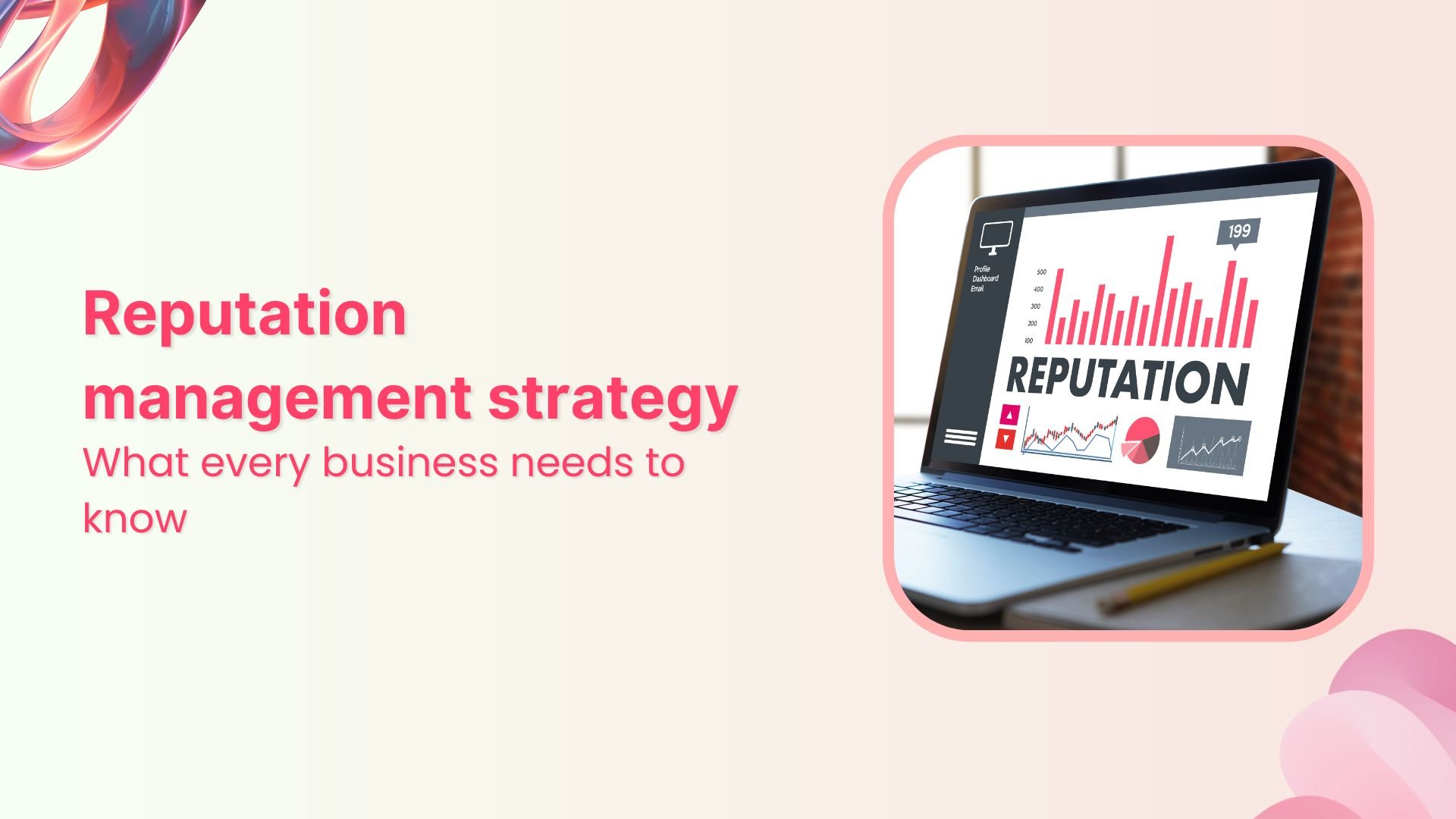
Reputation management strategy in 2026: What every business needs to know


Powerful social media management software
14-day free trial - No credit card required.
